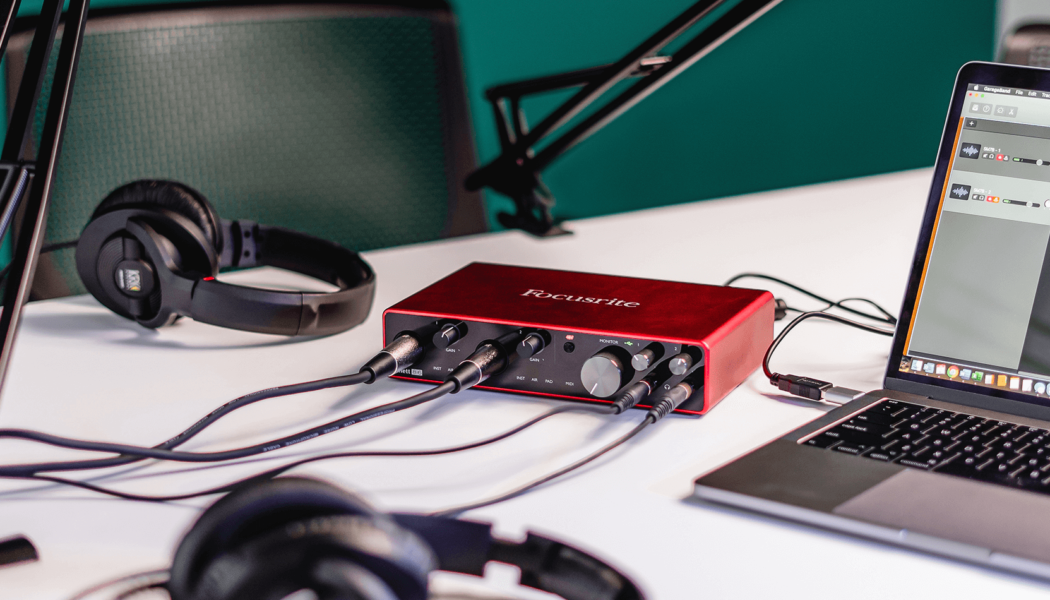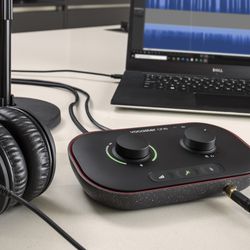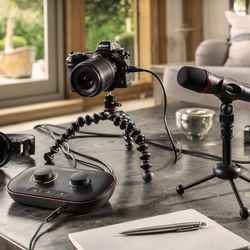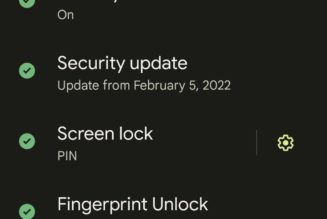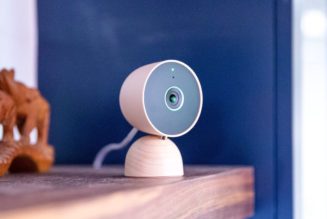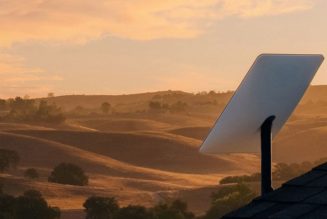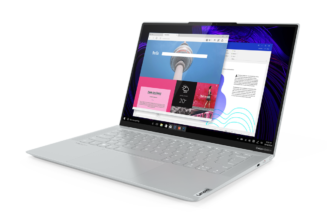Focusrite, the British manufacturer of audio interfaces and recording tools, is introducing a new line of devices designed for home podcast recording. The Vocaster One and Vocaster Two take the key parts of Focusrite’s popular interfaces and tailor them to amateur podcasters and other home audio creators.
Focusrite’s Scarlett line of audio interfaces has been a consumer standard over the past few years for podcasters who need to plug XLR microphones into their computer (to the point where I saw one in the trailer for a movie about a podcast just last week). But even as it’s become a hit in the podcast world, Focusrite has mostly marketed itself as a company for musicians (the tagline on its website is “We believe in enriching peoples’ lives through music”), and its interfaces have traditionally been designed for recording instruments and singers.
With the introduction of the Vocaster One and Two, Focusrite is making dedicated hardware for the podcast voice with a new design and podcast-specific features. The Vocaster One is a USB-C one-input interface for a mobile setup, and the Vocaster Two adds a two-input / two headphone output setup with the ability to take in audio from a device via Bluetooth.
The Vocasters are not encased in the traditional rectangle box like the rest of Focusrite’s lineup. Instead, they have a big pill-shaped body with knobs angling up instead of on a front faceplate. Focusrite says this is because it found top-down control is more useful for a podcast workflow, where you may be controlling headphone levels or muting audio throughout the recording process, whereas, in a music workflow, the settings are often set at the start of a take and not touched. Because of this, the Vocasters seem like they must stay flat on a desk and are not very mountable or stackable, which has been a common way to use the Scarletts.
New podcast-specific tools added to these interfaces start with the companion app, the Vocaster Hub. This enables you to control settings on the interface, like “autogain” (which brings a broadcast microphone up to proper gain without the need of a signal booster), some EQ presets, playable sound banks, and audio routing. The ability to record audio via Bluetooth from a phone call on the Two is a great addition for podcast recording, especially with most interviews these days being fully remote.
Included with each Vocaster is also a bundle of software for getting your podcast off the ground: a full version of Hindenburg Lite and a 6-month Hindenburg Pro trial for editing, a 6-month Acast influencer trial for podcast hosting, a 6-month Amplify Premium trial for adding music to your podcast, and a 3-month SquadCast Pro trial for recording remote interviews.
These features bring an added cost for those who want to choose the Vocaster over the Scarlett. The Vocaster One and Two are $199.99 and $299.99, respectively, while the Scarlett Solo and the Scarlett 2i2 are $119.99 and $179.99.
The Vocaster One and Vocaster Two are also available in a bundle with a Vocaster-branded microphone, XLR cable, and headphones. They are available to order today.
